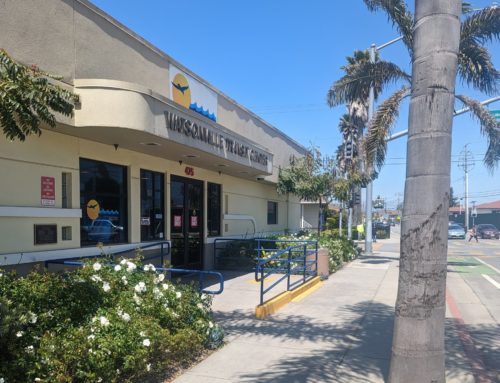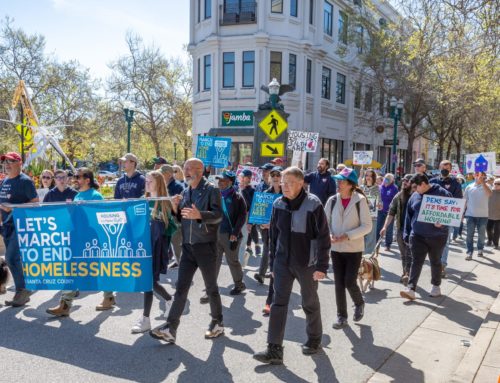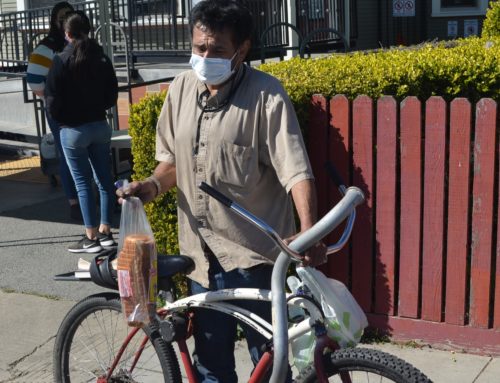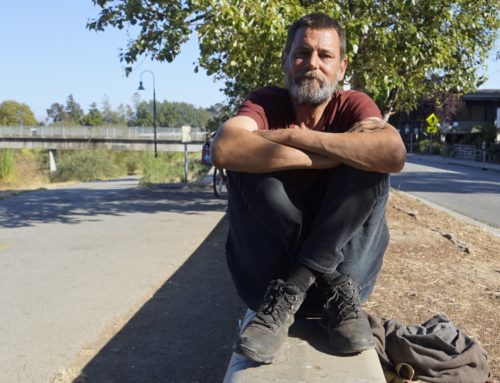SANTA CRUZ >> Santa Cruz County leaders are trying to decide what type of transit to put on the county’s rail corridor — and it could be buses or shuttles rather than a train.
Thursday, the Santa Cruz County Regional Transportation Commission unanimously approved 25 transit options, as well as a set of goals and criteria on which to evaluate them.
Here’s what you need to know:
- What is the regional transportation commission? The regional transportation commission is governed by the five county supervisors, a council member from each of the county’s four cities and three appointees from Santa Cruz Metro’s board of directors. The agency oversees major transportation-related projects, decisions and funding for the county.
- What is the study? The Transit Corridors Alternatives Analysis is led by the regional transportation commission, Santa Cruz Metro and an engineering consulting firm. In late 2019, the commission approved a plan to preserve the county’s rail line for high-capacity public transit along a trail. This new analysis is trying to pinpoint what that public transit will look like. The county’s 32-mile rail corridor stretches from Davenport to Pajaro, and this study looks at a section of that, from Westside Santa Cruz through Watsonville to Pajaro.
- What are some of the transit options? The corridor might not be used for a train. The 25 transit options for the corridor include: buses that can operate on rails and roads, autonomous road trains (streetcars with rubber tires), electric light rail trains, personal rapid transit (small vehicles on a fixed route) and gondolas.

- What will guide the decision? Public input and a set of goals, criteria and performance measures. The goals include: fiscal feasibility, reliable and efficient transportation choices that serve the most people and promote a healthier environment. Another goal is “a well-integrated transportation system supporting economic vitality.” Some questions that will be considered related to that include: Will the project increase development along the corridor? Will the project support job growth “through construction, operating and management”? What’s the impact on freight rail operators, shippers, Santa Cruz Big Trees and Pacific Railway and other rail businesses?
- What did the public say at Thursday’s meeting? A dozen community members spoke at Thursday’s meeting. Some asked for additions to the list of criteria, like collision data. Others said that a massive public transit project was unrealistic, and called for a trail-only plan. Manu Koenig, a candidate for District 1 county supervisor, said it would be more efficient to have a private-public partnership and use JUMP bikes or Lime electric scooters, for example, on public infrastructure.
- What’s the next step? County leaders will ask for the public’s help in narrowing the list of 25 transit options. The commission is expected to approve a shorter list of options at its May 7 meeting.
- How can people get involved and share their opinion on the list of options? Starting around March 27, commission staff will host an online meeting, similar to a survey, that people can join at any time during a two-week window. We’ll share the link. The commission also will post the link on its website and share it on its newsletter.
- When is a final decision expected? Around September, public input will be sought on a cost and performance analysis of those options, according to a staff report. A final decision on mass transit options is expected in the fall.
Kara Meyberg Guzman is the CEO and co-founder of Santa Cruz Local. Prior to Santa Cruz Local, she served as the Santa Cruz Sentinel’s managing editor. She has a biology degree from Stanford University and lives in Santa Cruz.





